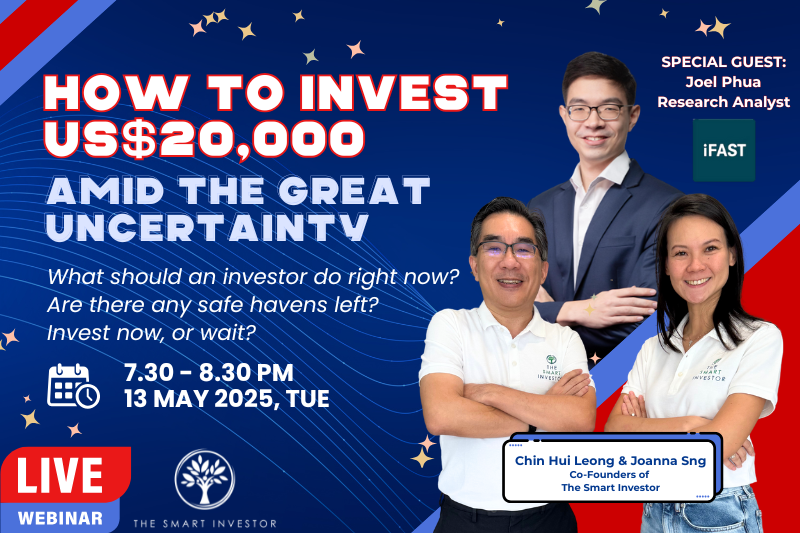Whether you are young or old, it’s always important to have a habit of saving money.
With your savings socked away for a rainy day, you can slowly but surely build up a small pool of money.
This pool can be used for emergencies such as job losses, or can also be invested in stocks that help to grow your money further.
For the young ones among us that have just started work, they may not be able to save much.
A few years of work and diligent savings may net you around a few thousand dollars, but the question is – what sum is sufficient before you invest in shares or REITs?
Will S$1,000 be sufficient, or do you need at least S$10,000?
Shrinking of lot sizes
Lot sizes in the Singapore market used to be larger.
The minimum number of shares you could buy was 1,000 back then.
Thankfully, this limit has since been lowered to just 100 shares, making it much more affordable for a new investor to buy shares.
Let’s have a look at the effect of this change on some REITs.
For Mapletree Commercial Trust (SGX: N2IU), buying one lot of shares in the past used to cost S$1,980. Now, it only cost S$198 to own a hundred shares.
And for Keppel DC REIT (SGX: AJBU), a data centre REIT that trades close to S$3 per share, one lot of shares is now an affordable S$300 instead of S$3,000 previously.
Dollar cost averaging
Nowadays, many financial institutions offer the option of putting in a small sum of money every month, regardless of how stock markets are performing.
This disciplined form of investing, known as “dollar cost averaging” or DCA, allows you to start with much smaller sums of money.
You could invest with as little as a few hundred dollars or several thousand, and the system will help you to allocate the money into specific securities or unit trusts.
DCA can also be practised for specific securities such as REITs, allowing you to deploy some money into them at regular intervals.
Building a portfolio brick by brick
It’s important to remember that the process of building a robust investment portfolio should not be rushed.
As the saying goes – Rome wasn’t built in a day.
By deploying small amounts of cash in specific REITs, you are slowly but surely building your portfolio brick by brick.
It is not reasonable to expect a big gush of dividends early on in your investment journey.
Starting small and building your portfolio from the ground up is also a good way for you to learn from mistakes along the way without losing a significant chunk of your wealth.
As an example, I too started with just S$2,000 in my investment portfolio, buying 2,000 shares of Suntec REIT (SGX: T82U) back in 2004 when it launched its IPO.
Rest assured that you can start small and then slowly build up the foundations of your portfolio.
All that’s required is patience, consistency and determination.
Get Smart: Slow and steady wins the race
As outlined in the examples above, it’s possible to invest in REITs with just S$1,000.
Not only has the lot size been reduced to make them much more affordable, but there’s also the DCA method you can use to regularly allocate a small sum to purchase promising REITs.
This process is anchored by the belief that slow and steady will eventually win the race, for it’s a marathon we are running rather than a sprint.
The journey towards building a reliable dividend stream is understandably long, but with sufficient perseverance and fortitude, we will be able to achieve our long-term investment objectives.
With share prices battered to multi-year lows, many attractive investment opportunities have emerged. In a special FREE report, we show you 3 stocks that we think will be suitable for our portfolio. Simply click here to scoop up your FREE copy… before the next stock market rally.
Editor’s note: In our previous version, we said Mapletree Commercial Trust shares would cost around S$1,200 for 1,000 shares. The figure has since been updated.
Click here to like and follow us on Facebook, here for our Instagram group and here for our Telegram group.
Disclaimer: Royston Yang owns shares in Keppel DC REIT and Suntec REIT.




